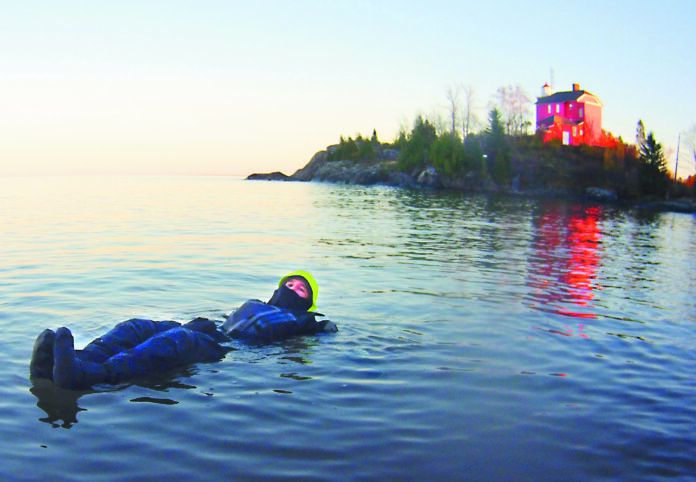For the first year since escaping New England to take the helm of Practical Sailor in 2005, I’ll be experiencing a true autumn in Marquette, MI—a place I’ve been travelling back-and-forth to from Florida for several years. Fall quickly becomes winter in the Upper Peninsula (the “UP,” as the Yoopers call it), so I find myself thumbing through old Practical Sailors for guidance on keeping warm.
Though my own long cruise kept me mostly out of the temperate zones, I’ve long been enthralled with tales of high-latitude voyages, like David Lewis’ Ice Bird, Alvah Simon’s North to the Night and Alfred Lansing’s Endurance: Shackleton’s Incredible Voyage. The recent discovery of Ernest Shackleton’s famous “Endurance” resting on the bottom of the Weddel Sea got me thinking again about high-latitude sailing.
For readers who are watching the mooring fields and marinas gradually empty, and are perhaps contemplating their own winter afloat in the temperate zone—as our own Doctor of Chill, tech editor Drew Frye, heartily recommends —there’s plenty of good research to draw from.
If you’re considering new cold weather apparel, a good start is “Sailing Clothes for Cold Weather,” (see PS November, 2018). In that report Frye offers hard-earned advice on keeping warm and dry without spending a fortune. Including highlights from more than dozen different prior tests, it’s a great primer to staying comfortable in the Great White North (or south).
My other favorite piece dealing with cold weather gear is Ralph Naranjo’s report on drysuits and semi-wet suits for sailors. In this dated, but still relevant report, Ralph lays out the obvious and not-so-obvious differences between drysuits, wetsuits, and survival suits, and digs into the details of each (“Drysuits and Wetsuits for Sailors,” PS March 2010). My favorite part of that report are the images of Ralph floating among the big chunks of ice flowing out of the Chesapeake during a particularly brutal winter.
A couple years after Ralph’s report Drew Frye went a step further and carried out a facsimile of the U.S. Coast Guard standard survival test, spending six hours in 32-degree weather while wearing a drysuit (see “Soul Drysuit, 2-year Update” PS, February 2013). I tried to duplicate Frye’s feat on Lake Superior in a Mustang drysuit a few years ago, but I lacked key components that Frye wisely included, neoprene gloves, and a 5-millimeter neoprene diving hood (I did have neoprene socks). According to Frye, a neoprene beanie will serve instead of a hood if all you expect in your sub-50-degree sail is a quick dunking or cold rain.
The archives also hold some great research and testing of base layers, boots, gloves, or socks — which we retested recently (see “Testing Waterproof Socks,” PS May 2021). You’ll also find Frye’s helpful research on heating and insulation. Just type the topic and add the word “test” in our search bar and you’ll usually find what you need.
If you can’t find what you’re looking for in the archives, just drop me a note at [email protected]. Given this Florida Man’s past record with ice and snow, I’ll be sitting close to the fire, wanting something to keep my mind occupied.








































